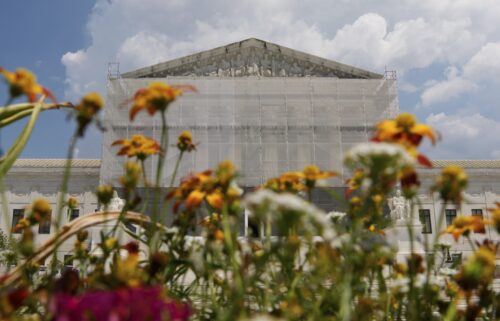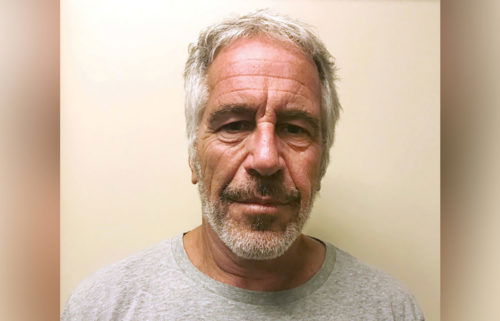The world’s oldest leftovers stashed at Israel’s Qesem Cave
It seems stashing your leftovers from dinner is hardly a new concept.
Humans have been storing food for 200,000 to 400,000 years, new research suggests.
A bit like we would store our food in a Tupperware container, early humans stored marrow-rich deer bones for several weeks. Once the bones, skin and tendons had had time to dry out, they extracted the marrow.
Researchers discovered the earliest evidence for storage and delayed consumption of bone marrow at Qesem Cave in Israel.
The deer bones showed the telltale signs of people cracking them open to get at the marrow inside.
In order to find out if this was, in fact, what early humans were doing. Tel Aviv University archaeologists tried the same trick themselves.
They gathered and stored deer meat in the same way it would have been done at Qesem. They found the meat could have been stored for up to nine weeks before early humans enjoyed the leftovers.
This is the earliest evidence that our ancestors planned ahead on their meals in the same way we’d plan our meals for the week.
This previously unidentified behavior “offers insights into the socio-economy of the human groups who lived at Qesem and may mark a threshold to new modes of Palaeolithic human adaptation,” the research said.




